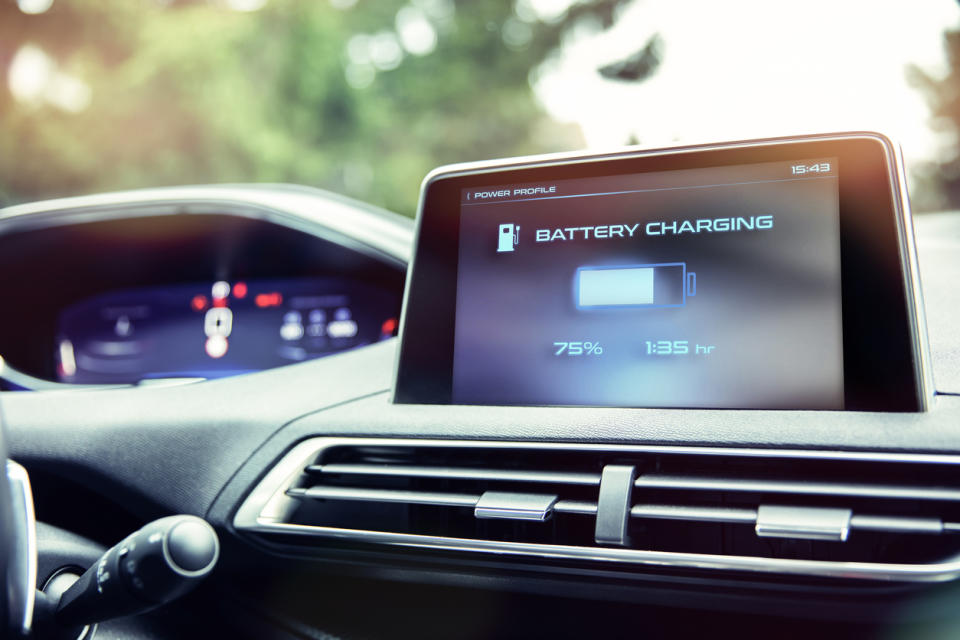Understanding the Basics of Electric Cars

Electric vehicles (EVs) are gaining market share at a rapid pace, with sales of EVs growing by 85 percent from 2020 to 2021 according to the U.S. Department of Energy. That number is expected to grow further in 2022 as more new all-electric models enter the market and as gas prices remain elevated.
As many consumers consider an electric vehicle for their next car purchase, they may be curious about how these electric vehicles work. After all, today’s electric cars look and drive like traditional gas-powered cars, but it’s important to understand the differences between these two vehicle types.
What are the Parts of an Electric Vehicle?
To understand how an electric car works, it’s important to understand its main components.
Traction Battery Pack
An electric car’s traction battery pack serves as an energy storage system. This energy, which is in the form of direct-current electricity, is then used to power the vehicle’s motor and all other electrical components. Most EVs use lithium-ion batteries due to their high energy density.
?Power Inverter
The electric car’s inverter changes the direct current (DC) from the battery into an alternating current (AC), which is then used to power the motor. The inverter also changes to DC current during regenerative braking to charge the battery. Along with powering the motor and recharging the battery, the power inverter also helps control speed.
Electric Motor
The vehicle’s electric traction motor receives electricity from the inverter and provides the power that makes an electric vehicle move. Electric traction motors typically use an alternating current, which is more reliable than a direct current motor. The AC electrons cause a rotation that powers the vehicle.
Charge Port
An electric car’s charge port connects to an external power source (or car charger) to charge the battery pack
Transmission
The transmission transfers mechanical power from the electric traction motor to drive the wheels.
DC/DC Converter
This part converts higher-voltage DC power from the battery pack to the lower-voltage DC power required to run vehicle accessories, like the headlights and audio system, and recharge the battery.
Thermal System – Cooling
This system maintains a proper operating temperature range for the battery, electric motor, electronics, and other vehicle components.
EV Charging
Electric vehicle batteries differ from an internal combustion engine vehicle’s battery in that they power the entire vehicle rather than simply anchoring a gasoline-powered car’s electrical system. While traditional gasoline-powered cars refuel at the pump, electric vehicles are powered by electricity and are “refueled” by recharging the battery.
An electric car is charged by plugging it into a charger connected to the electric grid. Charging is managed by the car's electric vehicle service equipment (EVSE). There are three levels of EVSEs:

 Yahoo Autos
Yahoo Autos 